MySQL
Readyset QueryPilot Announcement
At the MySQL and Heatwave Summit 2025 today, Readyset announced a new data systems architecture pattern named Readyset QueryPilot . This architecture which can front a MySQL or PostgreSQL database infrastructure, combines the enterprise-grade ProxySQL and Readyset caching with intelligent query monitoring and routing to help support applications scale and produce more predictable results with varied workloads.
Read moreMore CPUs or Newer CPUs
In a CPU-bound database workload, regardless of price, would you scale-up or scale-new? What if price was the driving factor, would you scale-up or scale-new? I am using as a baseline the first available AWS Graviton2 processor for RDS (r6g).
Read moreHow long does it take the ReadySet cache to warm up?
During my setup of benchmarking I run a quick test-sysbench script to ensure my configuration is right before running an hour+ duration test. When pointing to a Readyset cache where I have cached the 5 queries used in the sysbench test, but I have not run any execution of the SQL, throughput went up 10x in 5 seconds.
Read moreMonitoring Latency with Throughput
Higher throughput does not imply improved performance. This is a common problem when the need for an application to support more users, you provide higher concurrency and that appears to show the capability to support higher throughput.
Read moreUsing Readyset Caching with AWS RDS MySQL
Readyset is a next-generation database caching solution that offers a drop-in; no application code changes; approach to improve database performance. If you are using a legacy application where it is difficult to modify SQL statements, or the database is overloaded due to poorly-designed SQL access patterns, implementing a cache is a common design strategy for addressing database reliability and scalability issues.
Read moreWeSQL Introduction – MySQL running on S3
I recently became aware of WeSQL . A MySQL-compatible database that separates compute and storage, using S3 as the storage layer. The product uses a columnar format by default which is significantly more space-efficient than InnoDB.
Read moreManaging SQL Drift: Ensuring Stability in Database Transitions
SQL drift is a significant challenge that occurs when SQL statements from an existing system produce unexpected results after migration to a new environment or system. These issues manifest in several critical ways: SQL statements may generate new execution errors, experience significant performance degradation, or yield differences in data integrity.
Read moreRDS MySQL Aurora 3.07.0 is unusable for upgrades
Yesterday I detailed an incompatible breakage with RDS MySQL Aurora 3.06.0 , and one option stated is to upgrade to the just released 3.07.0. Turns out that does not work. It is not possible to upgrade any version of AWS RDS MySQL Aurora 3.
Read moreDatabase testing for all version changes (including minor versions)
We know that SQL statement compatibility can change with major database version upgrades and that you should adequately test for them. But what about minor version upgrades? It is dangerous to assume that your existing SQL statements work with a minor update, especially when using an augmented version of an open-source database such as a cloud provider that may not be as transparent about all changes.
Read moreThe curse of MySQL warnings
MySQL warnings are an anti-pattern when it comes to maintaining data integrity. When the information retrieved from a database does not match what was entered, and this is not identified immediately, this can be permanently lost.
Read moreDigital Tech Trek Digest [#Issue 2024.06]
MySQL Belgian Days 2024 and FOSDEM 2024 In this past week, I’ve been able not just to read or watch digital content online but to meet people in person. In Brussels, first at the MySQL Belgian Days 2024 event, followed by FOSDEM 2024 .
Read moreWhat does the MySQL mysqlsh util.checkForServerUpgrade() execute
During a recent Aurora MySQL 8 upgrade process, a number of validation checks have failed. This is an analysis of the error message “present in INFORMATION_SCHEMA’s INNODB_SYS_TABLES table but missing from TABLES table”.
Read moreUpgrading to AWS Aurora MySQL 8
With Aurora MySQL 8 now generally available to all, you may want to consider the plan for an upgrade path if you would like to take advantage of the new features for your application, for example, Common Table Expressions (CTE).
Read moreTDD for Infrastructure
Test Driven Development (TDD) is an important principle for producing quality software. This is not a new concept. The Extreme Programming (XP) agile methodology (1999) outlined the concept before the acronym became more widely accepted as “Another requirement is testability.
Read more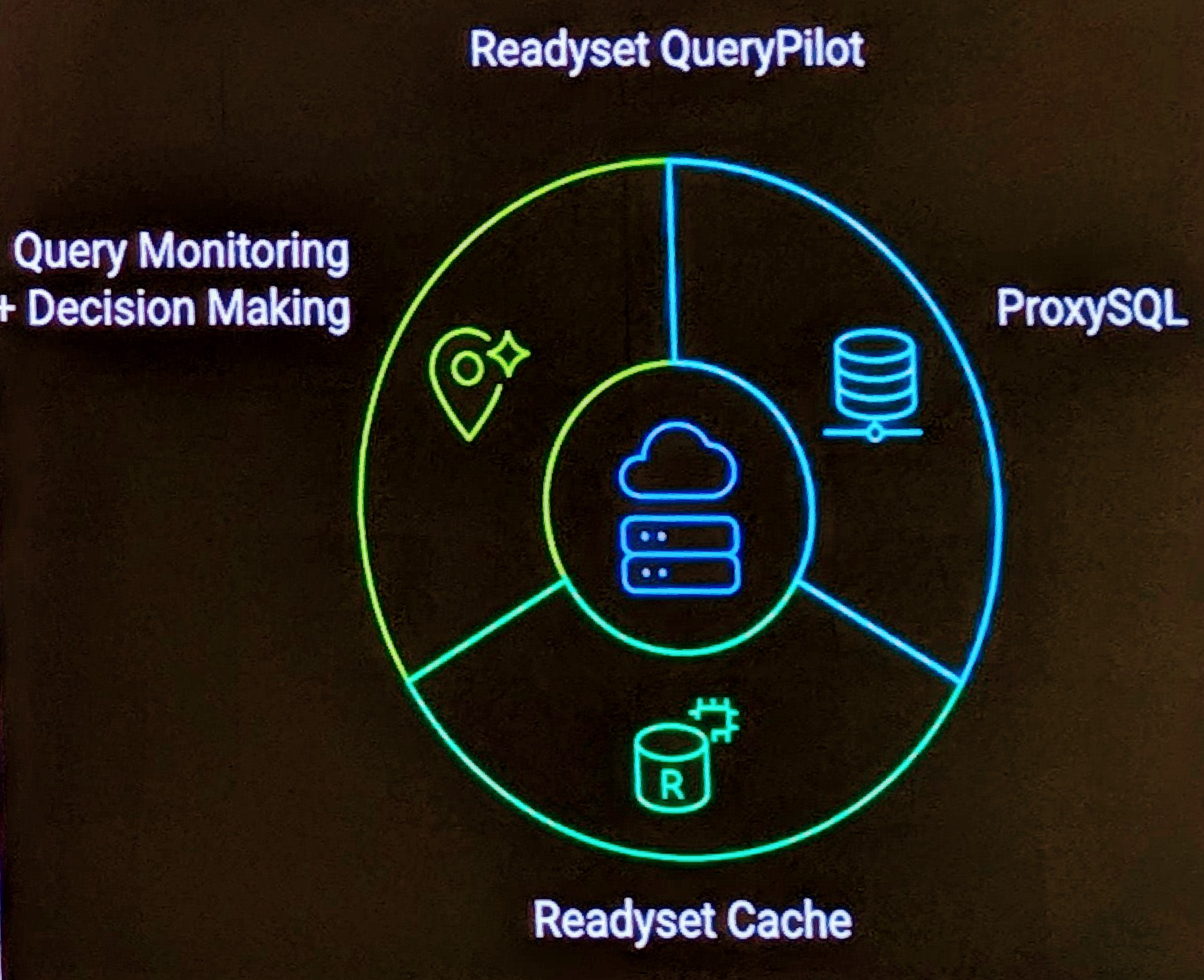


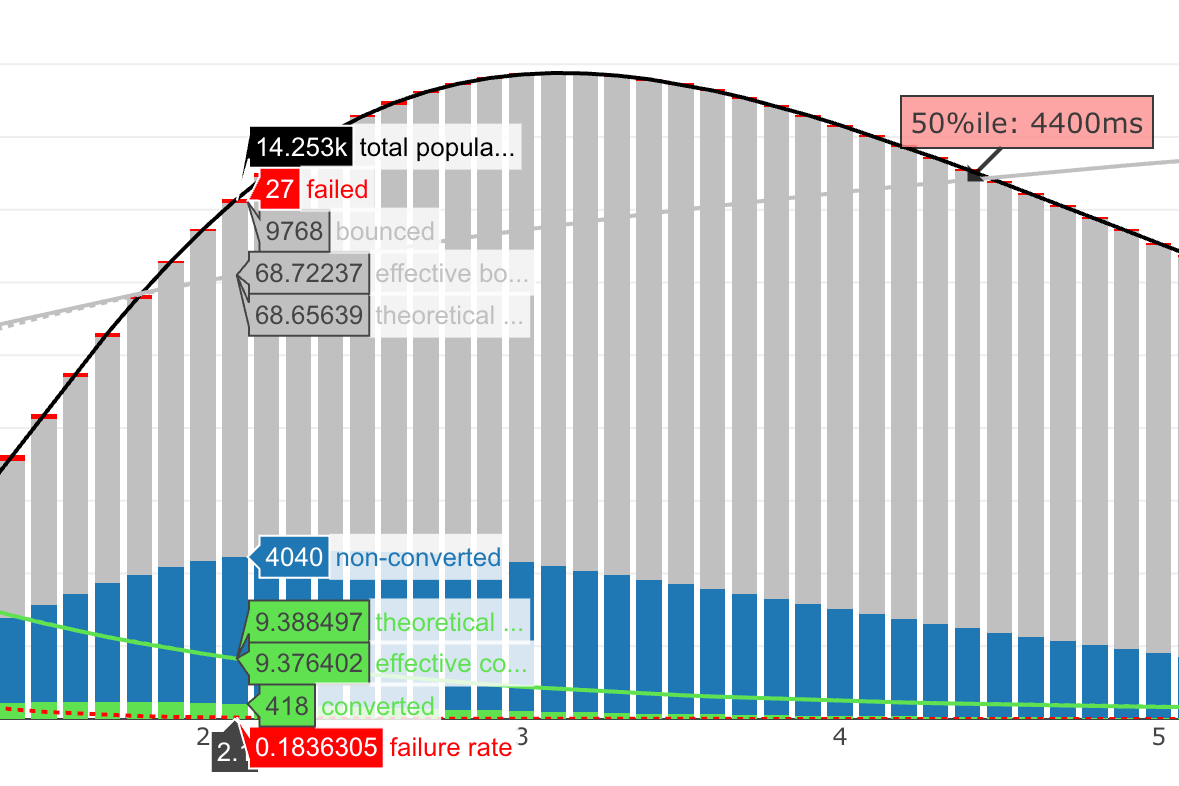

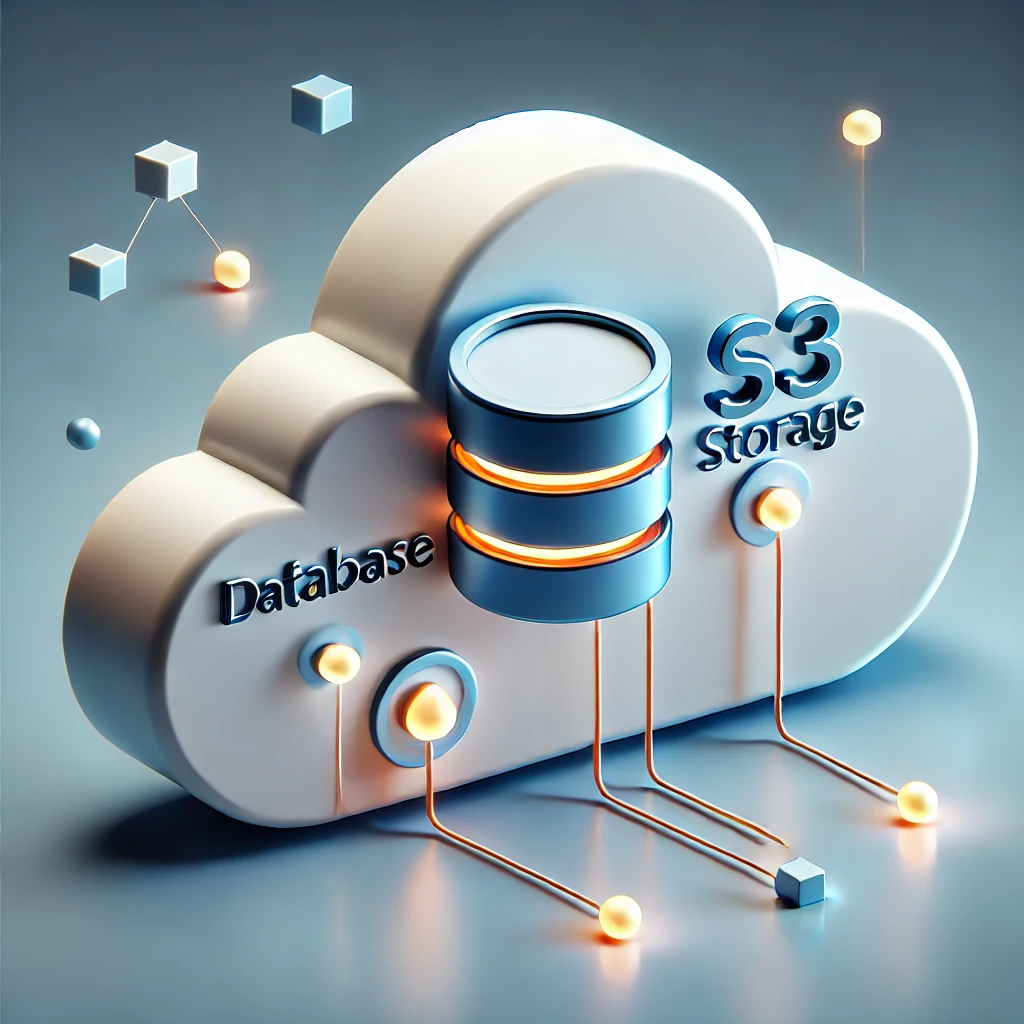

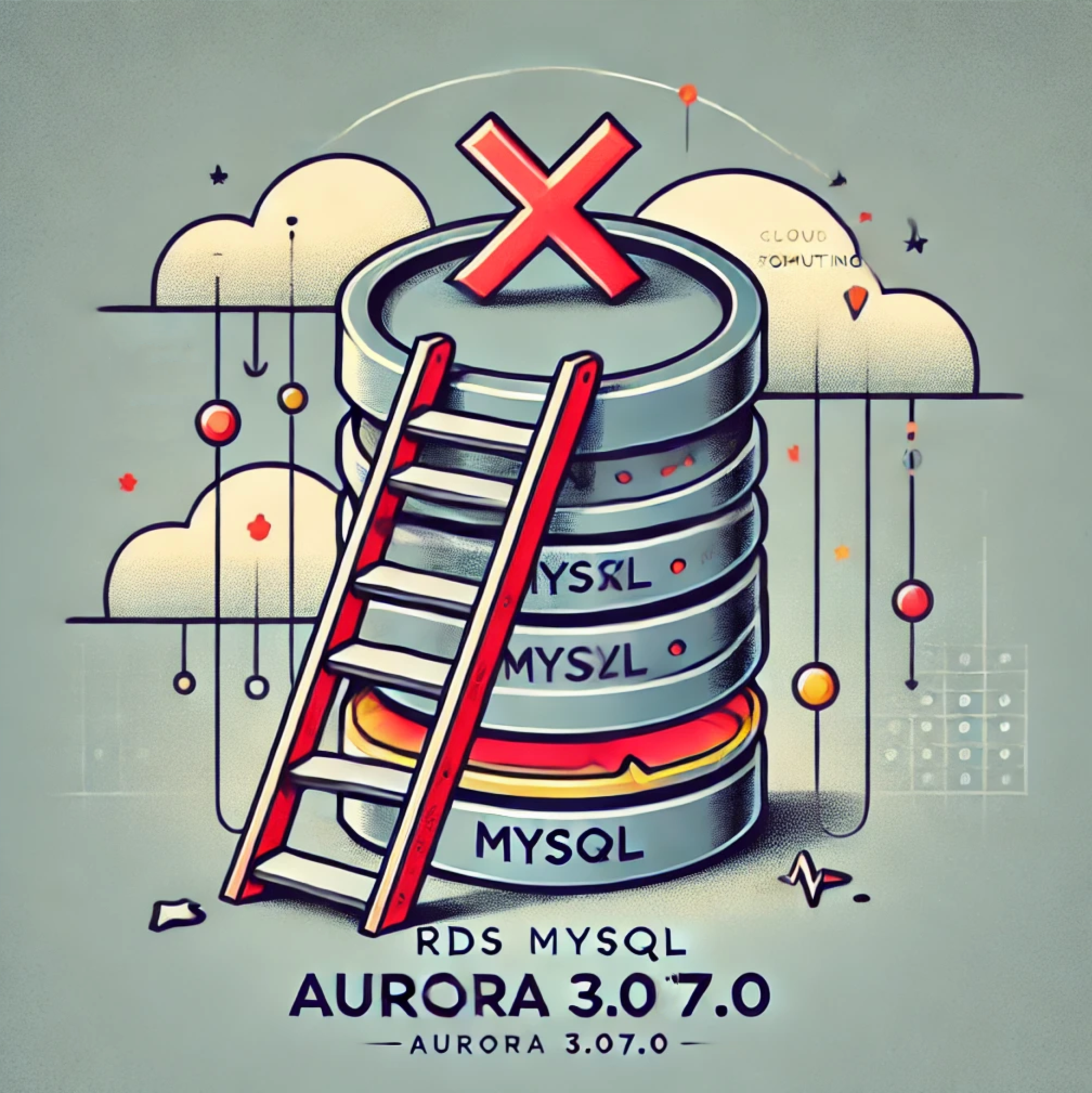
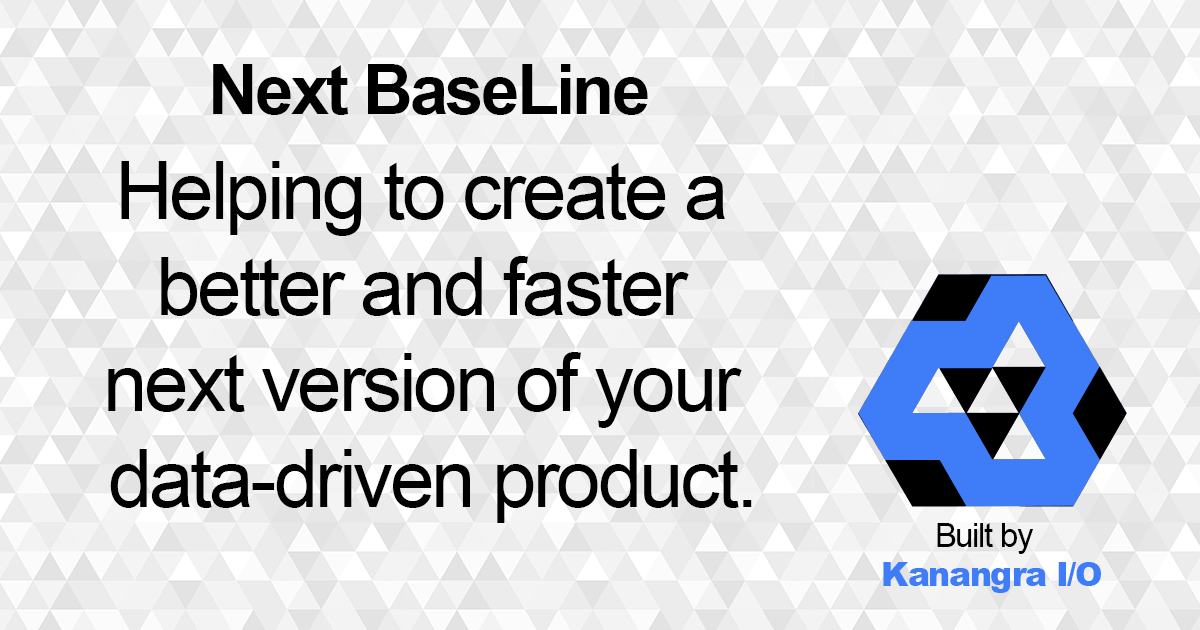
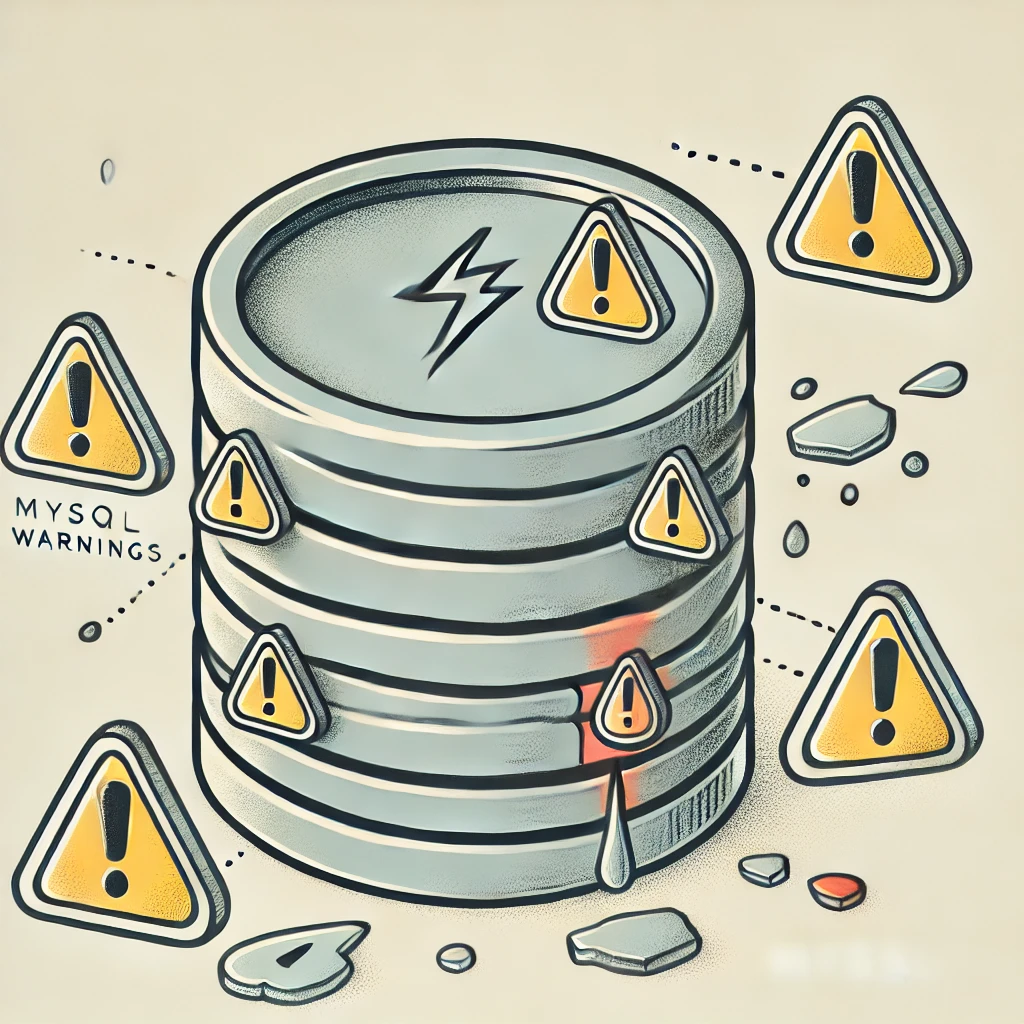
![Digital Tech Trek Digest [#Issue 2024.06]](https://ronaldbradford.com/images/blog/2024-digital-tech-trek-digest.png)